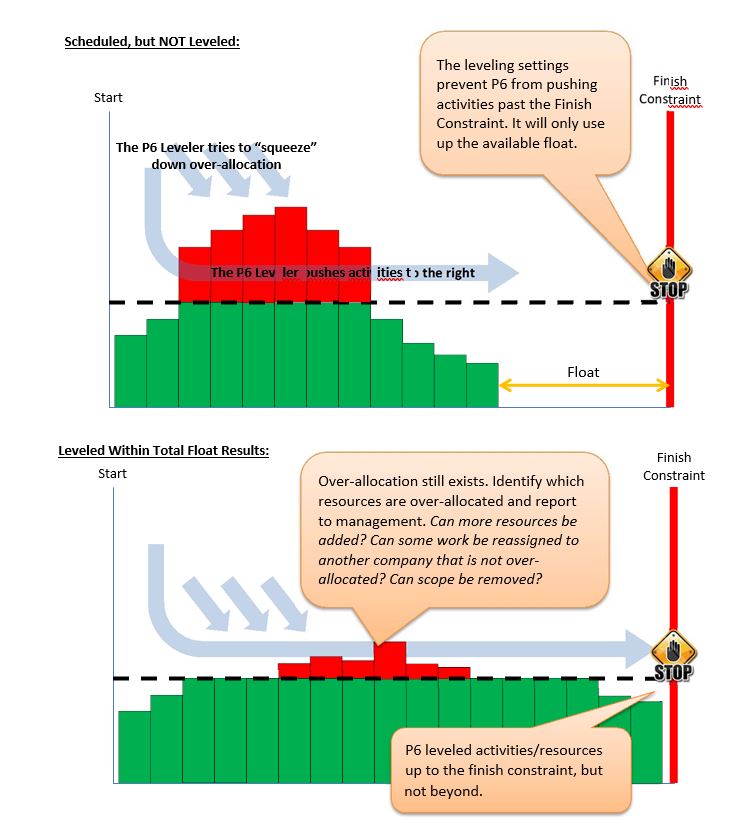Following on from a post by Raphael M Dua (Raf) in LinkedIn, the number of people posting about their ‘new’ way to solve project scheduling and controls issues seems to be expanding. The problem is most of their claims are false and misleading.
Some of the most frequent claims are around lean construction management the advocates claim they can solve your project scheduling problems (for a fee) because:
- Lean construction management has introduced the concept of using input from the first line supervisors to plan the work. While this is a really good idea it is far from ‘new’…. Go back to 2009 and the concept of ‘last planner’ was floating around (and making the same claims), see The Last Planner and other Old Ideas. Go back even further to the 1970s and major construction companies such as Bechtel and Fluor were applying schedule levels. The Level 5 schedules were short-term ‘look-ahead’ schedules developed every couple of weeks that considered in detail the work for the next month. These schedules were developed by the foremen and subcontractors responsible for the work, based on the resources available on site to do the work. See more on Schedule Levels.
- Lean construction management considers resource availability and CPM cannot analyze resources. This is a blatant lie. Every CPM scheduling tool from Microsoft Project to Primavera has the capability to analyze resource. Most have multiple options for scheduling activities against resource availabilities. The image is from a Primavera (P6) training course. The simple fact is CPM scheduling tools have included resource levelling since the mainframe scheduling tools of the early 1960s.

I’m not sure if the proponents of lean construction making these claims are simply ignorant of the existing capabilities, or making dishonest claims for commercial gain. But the problems they are claiming to solve are significant and won’t be helped by this type of false narrative. The core issues appear to be:
- A large number of CPM schedules don’t include resources and the projects fail (the USA GAO is addressing this by demanding a resource loaded schedule on all government projects above a defined size). The root causes are untrained schedulers (being taught how to run software is not the same as teaching people how to be effective schedulers….) and the contractor’s management being unwilling to invest in developing the skills and allocate the time and resources needed to develop a comprehensive resource loaded schedule.
- The inability of main/head contractors to rely on subcontractors supplying adequate levels of resource at the time needed. This is a price and supply chain issues that has been around for decades – see the Latham report from 1994.
. - The lack of improvement in resource management techniques for the last 40+ years – there are better options than CPM scheduling, see Resource Optimization at: https://mosaicprojects.com.au/PMKI-SCH-013.php#Process5
Until people actually address these core issues spending money on another fad solution won’t change anything.
I cannot do much to solve the cultural issues outlined above, but my Book Easy CPM goes a long way towards providing the knowledge framework needed to develop a skilled scheduler after they have learned to drive a scheduling tool: https://mosaicprojects.com.au/shop-easy-cpm.php


You tell ’em, Patrick!! Spot on!!!
Speaking as a CONTRACTOR, we take most of the CPM schedules produced by “computer jockeys with little or no hands-on field experience” and hang them on the wall and then promptly ignore them.
As I came of age during the late 1960s-early 1970s, I adopted the same “rolling wave planning” advocated by Bechtel and Fluor et al which has now been “reinvented” by today’s Agilistas with their Scrums and Sprints. Good ideas that have been tested and proven to actually WORK never go “out of style”, regardless of what today’s “flavor of the month” “solution” may be in vogue.
Until we stop relying on linear (forward pass-backward pass) models which totally IGNORE those pesky feedback loops and start to focus on switching over to developing Systems Dynamics Models (See the work of Peter JD Love from Curtin Univ, WA and Unit 9, Figures 4, 17 and 18, https://build-project-management-competency.com/1-4-1-9-unit-9/.)
In the meantime, those of us who “initiate, plan, execute, control, and close, projects where our own money is on the line if they finish on time and within budget will continue to rely on MANUAL resource allocation in real-time, by experienced field people. (See Flyvbjerg’s “Master Builder” Capability Maturity Model)
Never forget that “a fool with a tool is still a fool, albeit a potentially more dangerously productive fool”.